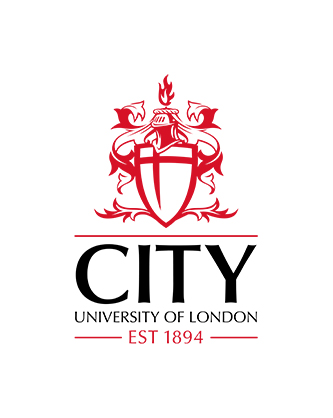Effect of gas nuclei on the primary stage of shock–droplet interaction
Damianos, S.  ORCID: 0009-0007-9555-6720, Papoutsakis, A., Karathanassis, I. K.
ORCID: 0009-0007-9555-6720, Papoutsakis, A., Karathanassis, I. K.  ORCID: 0000-0001-9025-2866 & Gavaises, M.
ORCID: 0000-0001-9025-2866 & Gavaises, M.  ORCID: 0000-0003-0874-8534 (2026).
Effect of gas nuclei on the primary stage of shock–droplet interaction.
International Journal of Multiphase Flow, 194,
article number 105478.
doi: 10.1016/j.ijmultiphaseflow.2025.105478
ORCID: 0000-0003-0874-8534 (2026).
Effect of gas nuclei on the primary stage of shock–droplet interaction.
International Journal of Multiphase Flow, 194,
article number 105478.
doi: 10.1016/j.ijmultiphaseflow.2025.105478
Abstract
The presence of entrapped gas in liquids is well-documented, arising from gas solubility, surface irregularities, or prior phase-change events. In this study, simulations are carried out replicating an experiment involving a Mach 2.4 Planar shock interacting with a cylindrical water column, and the results are benchmarked against experimental pressure measurements in which the presence of entrapped air is reported. The liquid droplet is modelled as a homogeneous mixture of liquid and gas using a multiphase flow framework, and a novel relaxation approach is introduced to capture non-equilibrium effects within the mixture region. The effects of Gaseous Volume Fraction (GVF) and relaxation rate on shock attenuation, wave propagation speed, and cavitation are explored. The results reveal that increasing GVF enhances shock attenuation and slows down the wave propagation speed due to the mixture’s higher compressibility. A non-monotonic relationship between relaxation rate and pressure peak intensity is observed, governed by the effect of the relaxation rate on shock diffusivity, with maximum attenuation occurring at intermediate rates. At high GVF, the low wave propagation speed leads to an interaction between the shocks formed internally and around the droplet, which suppresses the rarefaction wave formation. Regarding cavitation, results indicate that lower GVF promotes stronger gas growth due to less shock attenuation. Finally, this study provides a physical explanation for the temporal pressure variations reported in prior numerical works and highlights the critical role of entrapped gas in shock–droplet interaction dynamics.
| Publication Type: | Article |
|---|---|
| Additional Information: | This is an open access article distributed under the terms of the Creative Commons CC-BY license, which permits unrestricted use, distribution, and reproduction in any medium, provided the original work is properly cited. |
| Publisher Keywords: | Cavitation, Shock propagation, Compressible multiphase flows, Phasic disequilibrium, Relaxation process |
| Subjects: | T Technology > TA Engineering (General). Civil engineering (General) |
| Departments: | School of Science & Technology School of Science & Technology > Department of Engineering |
| SWORD Depositor: |
Available under License Creative Commons Attribution.
Download (4MB) | Preview
Export
Downloads
Downloads per month over past year


 Metadata
Metadata Metadata
Metadata